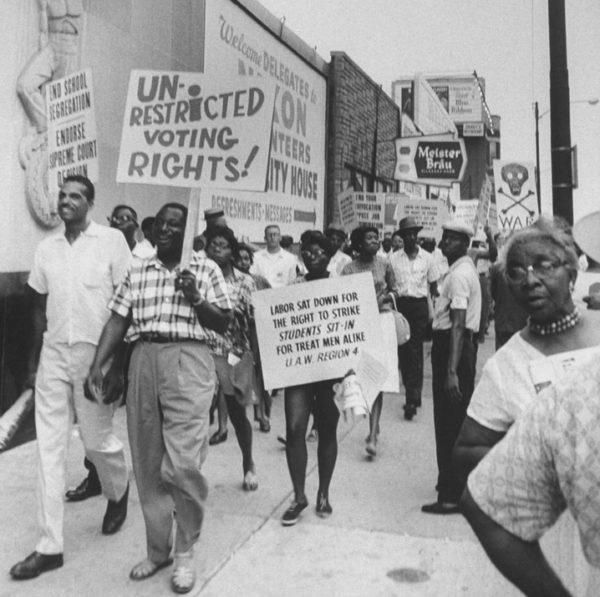Chicago is the most segregated big city in the U.S., according to a Chicago Tribune population study. For integration to occur in Chicago, 84 percent of the Black or white population would need to change neighborhoods. Here are 10 reasons why this extreme segregation took place in the Windy City.
Long History of Segregation
The 1920s marked the beginning of a mass exodus. Black people who wanted to escape the Jim Crow South fled to Northern cities in search of jobs and better housing and economic opportunities. In 1940, white people comprised 91.7 percent of the population. Today, Chicago’s nearly 3 million people break down to about 35 percent African-American, 30 percent Hispanic, and 28 percent Caucasian. Although the populations of the three major ethnic groups are relatively even, each group primarily lives among themselves, most likely because for well over 100 years segregation has been the rule in Chicago, according to a 2009 article from thechicago77.com.
Segregation in Chicago Is Thoroughly Institutionalized
Chicago’s history of segregation goes way back, and separation was institutionally enforced. Institutions like houses of worship, stores, restaurants, and schools that cater to one ethnicity or race tend to ensure that the people who live close by stay close by. According to journalist and author Ta-Nehisi Coates, Chicago’s racist history led to this outcome. “Its mayors and aldermen razed neighborhoods and segregated public housing. Its businessmen lobbied for racial zoning. Its realtors block-busted whole neighborhoods, flipping them from black to white and then pocketing the profit. Its white citizens embraced racial covenants—in the ’50s, no city had more covenants in place than Chicago,” the journalist wrote.




